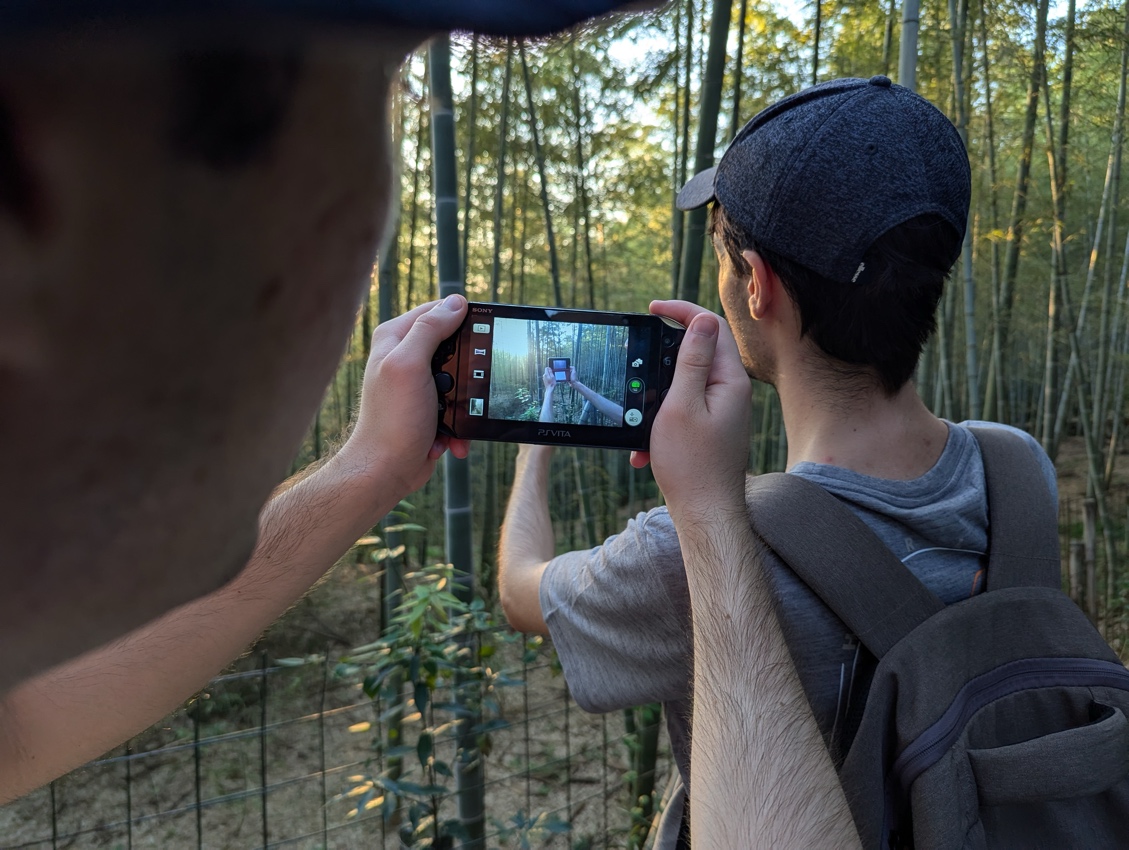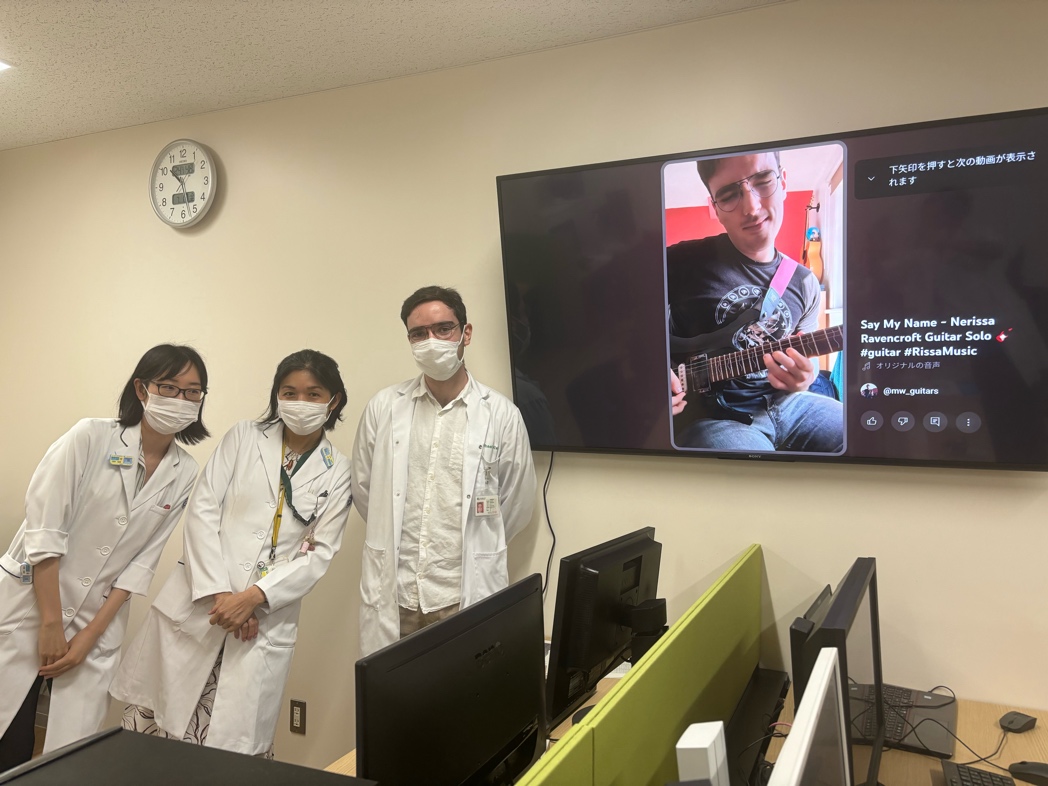Clinical Exchange in Japan
Welcome to Japan and Nagoya University school of Medicine!
Experience report
Name: Michael Ward
School: University of Glasgow, Scotland
Study Period: July 8th to August 2nd, 2024
Departments: Radiology and Cardiology
My experience in the clinical clerkship program at Nagoya University was nothing short of brilliant. From the start the staff were kind and welcoming, and always did their best to help me work around the language barrier. I speak some Japanese, but am far from fluent, and we made it work through a mosaic of English, Japanese and medical Latin. I spent the first half of my time at NU in the department of radiology, where I was able to shadow teams across various sub-specialties. I watched surgeries in interventional radiology, where there was always a team member on hand who spoke enough English to guide me through each procedure. I was taught about the various techniques and systems used in diagnostic radiology, and given the chance to use their specialist software to create contours on CT and MRI, practicing a skill that is used frequently in the day-to-day work of a radiologist. This came after a series of fantastic teaching sessions from English speaking consultants on the interpretation of imaging in their own specialties, preparing me well to get the most out of the more practical parts of the experience. I particularly enjoyed Dr Taoka’s lesson on neurological MRI interpretation.
In the second half I spent my time in cardiology – mostly in surgery. I was able to watch pacemaker insertion, which I was surprised to learn is performed under local anaesthetic in Japan. In Scotland this procedure is generally undertaken with the patient asleep, so I was quite shocked when they began to speak to the doctor immediately upon completion! Another fascinating procedure to watch was electrode catheter cardiac ablation – watching the software complete a 3D model of the patient’s heart based on data from the probe was engrossing, and it was incredible to watch the patient’s ECG normalise in real time as the problematic area was found and ablated. Nagoya University Hospital is currently participating in a trial using the Cyberknife radiotherapy system rather than electrode catheters as a less invasive method of cardiac ablation. While I did not see any operations that were part of this trial, it was interesting to learn about as it helped to bring together my experience from both departments.
Throughout my time at NU, all the doctors I worked with were enthusiastic to help me get the most out of my time there – not just from an academic standpoint, but socially too. They were keen to allow me to practice my Japanese, and practice their English in kind. Many were kind enough to take me out for lunch while I was shadowing them, and gave me plenty of recommendations for where to go on the weekends and while I was touring around Japan after my placement. I was able to try many local specialty dishes, the best of which was Histumabushi (grilled eel on rice). I also traded music recommendations with many of the staff, as I’m already a massive fan of some Japanese guitarists, and Dr Kawamura played some of my own music in the radiology conference room!
I cannot recommend the clinical clerkship program at Nagoya University enough. It’s a friendly and accommodating program with immense value as an educational and social experience, and if you have aspirations to learn Japanese nothing will help your progress as much as full immersion. It’s also a fantastic opportunity to see more of Japan outside of the tourist standards of central Tokyo and Kyoto, and get more of an idea of what life and culture in Japan are like.
- Michael



Click here to read other stories
Nagoya University Graduate School of Medicine